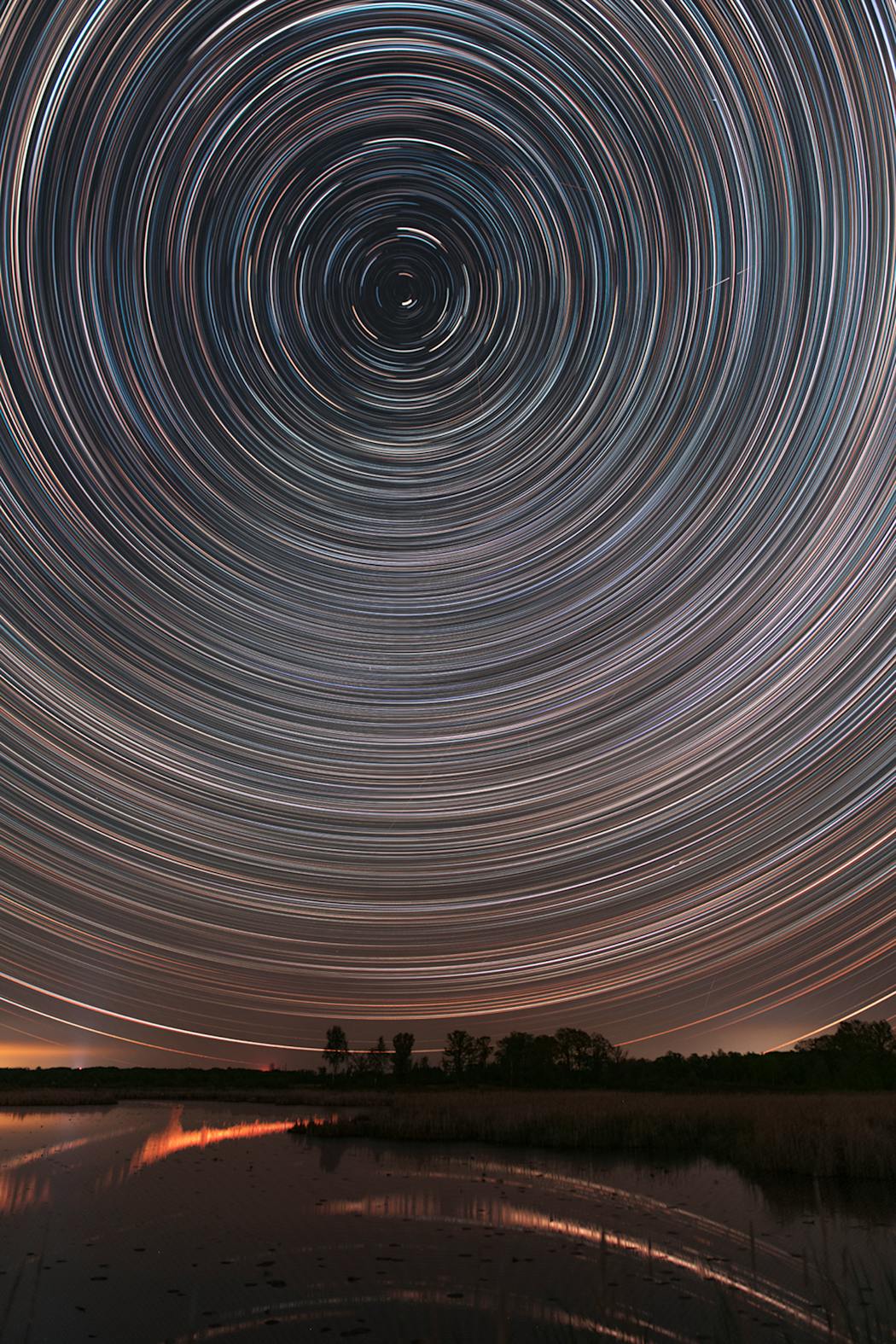With each passing year, a Minnesota outdoors phenomenon on the fringe comes further into the light: the state's dark skies.
This week they've been feted with a virtual "Star Party" for the public through the University of Minnesota's Bell Museum. Astrophysicists, light pollution experts, NASA ambassadors, photographers — and even public lands managers — turned the attention skyward, and for good reason.
The impressive collective dovetails with increased recognition of the state's exceptional starry skies. Much of the attention is centered Up North in Cook County, where people have bought into the economic boost of astro-tourism, and revered natural places are recognizing where they fit. In September, the Boundary Waters Canoe Area Wilderness was designated a dark sky sanctuary by the International Dark-Sky Association (IDA), a nonprofit focused on reducing light pollution and preserving night skies. The BWCA became the organization's 13th site — and largest at more than a million acres.
Voyageurs National Park and Quetico Provincial Park in Ontario are among others in the region hoping for similar recognition.
Voyageurs, Quetico, Pigeon River and La Verendrye (Ontario) provincial parks have applied and are hoping to be certified as dark sky parks later this year or early 2021. They and the BWCA are the core of the Heart of the Continent Partnership, a U.S.-Canada coalition of land managers and local stakeholders around projects that promote the economic, cultural and natural health of border country.
Voyageurs' park superintendent Bob DeGross said the Voyageurs Conservancy has helped the park meet IDA standards by raising money to retrofit some of the lightings at park facilities.
Added DeGross: "This designation provides another opportunity to celebrate the region's spectacular natural beauty and continue to encourage tourism."
Photographer and author Mike Shaw of St. Paul is an integral piece in the Bell's focus on stargazing this week and later this month.
Shaw gave a keynote Wednesday about his current research as a resident artist at the museum. His project, "Nightscapes: Thousand Star Views Across Minnesota," pulls together 50 nights of his astrophotography across the state, the bulk of it made in the past year. He also hosts a related live show in the Bell's planetarium through Sunday. A related exhibit, "Fifty Nights Under the Stars," opens Nov. 25.
Shaw said he has complementary goals with his project: Open the night skies to people who don't normally get out to enjoy them and promote their preservation of Minnesota's dramatic nightscapes from light pollution — called "sky glow" in the dark skies realm.
"You can't be inspired to save something you don't know anything about," he said.
Shaw wants to wow, and he wants to educate. Over those 50 days and nights, he visited 16 urban, rural and wilderness sites to measure the quality of the night skies using a measure called the Bortle scale. The scale charts the brightness of the night sky at any location. There are nine levels to the scale, ranging from Class 1 (least sky glow) to Class 9 (most sky glow). Interestingly, he said, he found the full variation of the scale within several hours of the metro. Translation: You needn't drive deep into North Woods to get a realistic view of the night sky.
Through time-lapse photography and other effects, Shaw demonstrates how stray light — from businesses to houses to street lamps — dramatically affects what people see in, say, St. Paul vs. East Bethel when they look up at night.
Upward of two-thirds of the world's population isn't able to see the billion-star Milky Way from their homes, he said.
Taken further, Shaw created 3-D virtual reality images at different sites that the public will be able to access online. They'll get to "embed" with Shaw out in the field, in real time of sorts.
For his part, Shaw has seen a lot. He is an IDA delegate and one of the organizers of the Aurora Summit, a popular annual gathering on the North Shore for followers of the Aurora Borealis, aka the Northern Lights. To work now with the Bell Museum and its resources felt well-timed and has been an honor, he said.
"In many ways Minnesota is a night skies paradise. It has these incredibly dark skies. We're propitiously situated regarding the Aurora Borealis. The best state in the country, in the Lower 48.
"[Minnesota] has some very clean outdoor resources within a few hours driving distance from downtown Minneapolis. Thank goodness we have this terrible weather or we'd be overrun with people from around the world," Shaw said.
Planetarium programs coordinator Sarah Komperud said Shaw is connecting art and science — the museum's sweet spot for inspiring and educating.
While the Bell has projected the awe and arcane of the celestial world for years, Komperud said the Star Party and Shaw's project has helped double down on Minnesota as a unique epicenter where the worlds of serious night sky exploration and hobby coexist.
"It's helping bring it into the public awareness and really what can you do to celebrate astronomy — because you can do it wherever you are," she said.
Bob Timmons • 612-673-7899
Former British Open champion Stewart Cink in the hunt at 3M Open
Lively strikes out 6, Guardians top struggling Phillies 3-1 in interleague showdown of MLB's best



